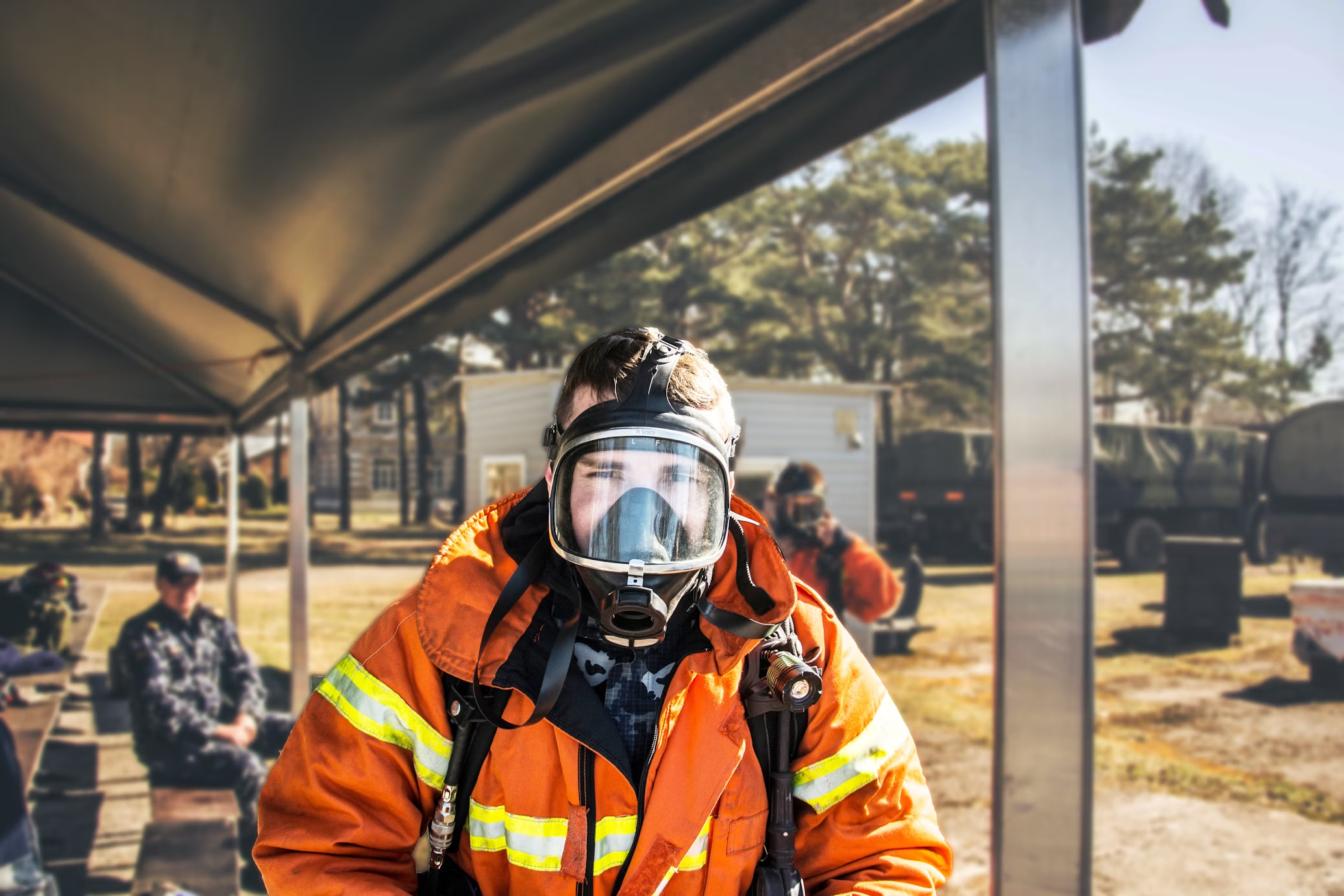
Safety equipment is designed to protect us, but what if the tools meant to keep us safe pose hazards themselves? Often, in our efforts to mitigate one risk, we inadvertently introduce another.
It’s crucial to recognize these overlooked hazards to ensure comprehensive safety protocols. In this article, we’ll discuss the less-discussed dangers associated with commonly used safety equipment, shedding light on areas that warrant attention and improvement.
The Silent Threat of Respirators
Respirators are crucial for safeguarding against harmful airborne particles, but their maintenance is often overlooked. Neglecting proper cleaning and storage can lead to the accumulation of dust, debris, and moisture within the respirator filters, compromising their effectiveness.
Mold growth within the respirator can exacerbate respiratory conditions and cause allergic reactions in users. Furthermore, failure to replace worn-out filters or cartridges can result in inadequate protection, exposing individuals to hazardous substances. Routine inspection, cleaning, and storage in a clean, dry environment are essential practices to ensure the longevity and functionality of respirators.
Aqueous Film-Forming Foam (AFFF)
AFFF, containing per- and polyfluoroalkyl substances (PFAS), is commonly used in firefighting due to its effectiveness in extinguishing liquid fuel fires. However, the environmental impact of PFAS has garnered increasing concern. These persistent chemicals do not break down easily and have been detected in water sources near firefighting training facilities and sites of AFFF usage.
PFAS contamination poses risks to aquatic ecosystems and human health, as these substances can accumulate in the food chain and persist in the environment. Efforts to mitigate PFAS contamination include the development of alternative firefighting foams and the implementation of containment measures to prevent further environmental damage.
In recent years, lawsuits have arisen against manufacturers of AFFF. Plaintiffs in the AFFF lawsuit allege that these companies were aware of the environmental and health risks tied to PFAS but inadequately disclosed them. They seek damages for health issues believed linked to PFAS exposure.
As per an April 2024 update by ConsumerNotice.org, a total of 7,939 AFFF lawsuits have been filed so far. According to TorHoerman Law, these legal actions underscore the need for greater transparency and accountability in AFFF use and disposal. They also emphasize the urgency of developing safer alternatives.
Fall Protection: Beyond the Basics
Fall protection systems, including harnesses and anchor points, are essential for preventing injuries in industries where working at height is common. However, ensuring their effectiveness requires attention to detail beyond the basics.
Things like proper harness fit, anchor point strength, and sufficient clearance distance are critical for preventing serious injuries in the event of a fall. Regular inspections, thorough training, and adherence to safety protocols are paramount to maintaining a safe working environment at height.
The Dangers of Spill Kits
According to Global Spill & Safety, spill kits are crucial safety tools crafted to effectively manage liquid spills and mitigate risks. They are available in different types tailored to handle specific types of spills, such as universal, oil-only, and chemical (or hazmat) spill kits.
Chemical spill kits are indispensable for containing and cleaning up hazardous materials spills quickly and effectively. However, improper use or selection of absorbents can exacerbate risks. Using the wrong absorbent material for a specific chemical spill can lead to inadequate containment and potential exposure to harmful substances.
Additionally, improper disposal of used absorbents can result in environmental contamination, further exacerbating the impact of the spill. Proper training, labeling, and inventory management of chemical spill kits are essential to minimize risks and ensure effective spill response.
The Risks Associated With Improper PPE Storage
Proper storage of personal protective equipment (PPE) is crucial for maintaining its integrity and effectiveness. Exposure to sunlight, moisture, or extreme temperatures can degrade materials over time, compromising their protective properties. For example, UV exposure can weaken the structural integrity of safety glasses and face shields, reducing their ability to provide adequate eye protection.
Similarly, storing gloves in damp conditions can promote microbial growth, rendering them unsuitable for use. The EPA notes that microbial growth is primarily fueled by water or moisture accumulation, stemming from sources like excess humidity, condensation, or water leaks.
Such conditions not only foster mold and other microorganisms but may also attract or sustain other unwanted pests such as insects or mice. Establishing designated storage areas with controlled environmental conditions and conducting regular inspections of PPE can help mitigate these hidden risks.
FAQs
What are the three types of spill kits?
The three main types of spill kits are universal, oil-only, and chemical (hazmat) spill kits. While universal kits are designed to handle a variety of spills, oil-only kits are specifically for oil spills. Finally, chemical spill kits are for hazardous material spills.
Is AFFF a hazardous material?
Aqueous film-forming foam (AF) contains hazardous components such as per- and polyfluoroalkyl (PFAS), raising environmental and health concerns. While effective for firefighting, improper disposal or release of AFFF can contribute to environmental contamination.
What is the proper way to store PPE?
Proper storage of personal protective equipment (PPE) involves keeping it in a clean, dry, and well-ventilated area away from direct sunlight and contaminants. To prevent damage or contamination, PPE should be stored in designated areas, ideally in closed cabinets or containers.
In conclusion, the intricacies of safety equipment demand careful consideration beyond their primary functions. The discussion illuminates the necessity for continual vigilance, maintenance, and education in occupational safety.
Whether it’s addressing the environmental impact of firefighting foams or ensuring proper storage of personal protective gear, proactive measures are vital. The insights drawn highlight the dynamic nature of safety protocols, urging stakeholders to prioritize comprehensive approaches that evolve with emerging hazards.
Through continuous improvement and diligence, we can enhance safety standards, mitigate risks, and foster healthier, more sustainable work environments for all.





